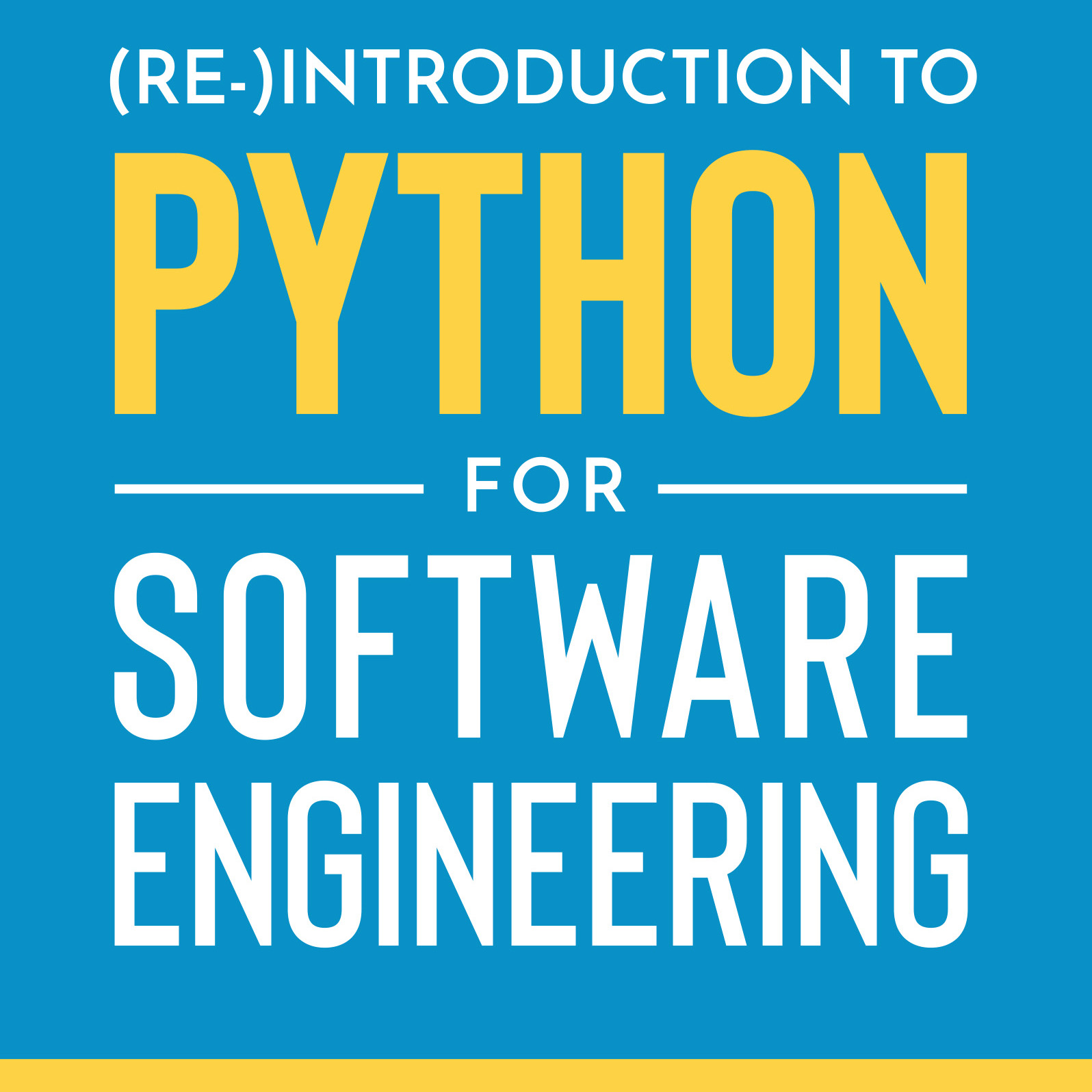Mathematics is the foundation on which computer science is built, yet software engineers often lack a deep understanding of mathematical theory. "Sets for Mathematics" by F. William Lawvere and Stephen H. Schanuel aims to change that. By building mathematical concepts from the ground up using category theory and set theory, the book provides software engineers with a robust conceptual framework for the math underpinning their field.
In this book review, we explore why "Sets for Mathematics" deserves a spot on every software engineer's bookshelf. We discuss how its rigorous approach strengthens problem-solving skills, enhances architectural design capabilities, and lays bare the connections between math and programming. Software engineers of all levels will discover why this unique text can elevate their technical abilities.
First, some Background
Before diving into the intricacies of set theory, it is helpful to define some core components that will reappear frequently. First, a set is an abstract collection of distinct objects, which are called elements or members of that set. Sets have no concrete order, quantity, or storage method associated with them. Second, mappings are rules that associate each element of one set (the domain) to a single element in another set (the codomain). One common type of mapping is a function.
With these building blocks, set theory employs various operations like unions, intersections, power sets, and exponentiation to construct mathematical structures. Additional axioms characterize specialized sets like the natural, integer, and real numbers. Set theory then provides a foundation for branches like logic and discrete math that directly enable computing.
However, set theory instruction often lacks semantic context and intuition. This can limit the transferability of set-theoretic knowledge to applied computer science and software engineering problems according to the authors.
Now that we have established necessary background and motivation, we can dive deeper into the authors’ approach to transforming set theory education...
Building an Intuitive Understanding of Set Theory
Set theory forms the basis for data structures, algorithms, and other foundational computer science concepts. Yet it is often taught in an abstract, disconnected manner that fails to convey intuition. Lawvere and Schanuel take a different approach by grounding set theory in real-world semantics. Through detailed examples and analogies, readers build an intuitive model equating sets with categories of objects.
The authors leverage the concept of mappings between sets to provide context for set operations. This parallels the use of functions in programming, easing comprehension. Additional axioms characterize specialized set types like the natural and real numbers. This mirrors modeling numeric data types in code. Power sets and exponentiation also receive extensive coverage for their algorithmic implications.
By adopting this semantically-driven tactic, Lawvere and Schanuel enable engineers to better grasp foundations like the non-constructive nature of the axiom of choice. The limitations of ZFC set theory also become more evident (ZFC refers to Zermelo-Fraenkel set theory with the axiom of choice, the most common foundational framework for mathematics.) This prevents dogmatic adherence to concepts that break in applied settings. Instead, engineers learn to fluidly traverse models and axiom schemes based on contextual needs.
The intuitive grounding in set theory pays dividends when implementing data structures and algorithms. Sets, lists, dictionaries, and other constructs gain deeper meaning. Their mathematical limitations and edge cases become visible. This strengthens analytical abilities and error handling. Algorithms also benefit from a flexible intuition from the ground up. Recursion, complexity analysis, and problem decomposition all build on set theory. An intuitive bedrock better supports algorithmic development and optimization.
By reworking set theory from the ground up through a semantic lens, Lawvere and Schanuel empower software engineers to internalize key foundations. This provides lasting benefits across the entire field. Intuition transforms abstract concepts into usable mental models. Sets transition from theoretical dust collectors into vital cognitive tools that sharpen the engineering mindset.
Categorical Algebra for Superior Software Design
A key differentiation of “Sets for Mathematics” is its extensive use of categorical algebra to build mathematical abstractions. Categories provide an unparalleled model for mapping relationships between objects in a system – making them a natural fit for software architecture. Lawvere and Schanuel gently introduce categories while constructing set models. This provides a blueprint for applying categorical style within design.
Categories formalize the intuitive notion that mathematical constructs carry inherent structure defined by the mappings between them. Software systems mirror this principle; components interact via inputs and outputs that dictate systemic structure. Internalizing this categorical perspective highlights the importance of interfaces and information flow – crucial architectural considerations.
The text demonstrates constructing categories by defining objects and morphological mappings. This transfers directly to specifying software components, APIs, and services designed to connect. Functors arise naturally from mapping entire categories, paralleling orchestration services and microservices architectures. Diagrams also reinforce categorical intuition around visualization for system design.
Deeper category theory concepts like universal properties, adjoints, limits, and colimits provide formal means of assessing and improving design. For example, initial and terminal objects help designers leverage codified “starting” and “ending” points within a workflow. Similarly, pullbacks allow formally extracting shared components across services. Conceptually "gluing” components together with colimits also mirrors integration challenges.
Overall, categorical algebra offers software engineers an abstract blueprint for decomposing and analyzing system and information flow. As Lawvere and Schanuel demonstrate, it ultimately provides a formal language for clarifying design through mathematical reasoning. Intuition converts directly into capabilities for superior architecture and modeling - especially as systems grow more complex.
Developing Critical Abilities for Software Excellence
While the mathematical foundation provided by “Sets for Mathematics” already enables sharper reasoning and modeling, the text goes further in cultivating broader critical abilities. The authors’ semantic approach and attention to detail hone analytical skills from the ground up. Their coverage of advanced concepts like functor categories provides glimpses into cutting-edge techniques. Overall, the work develops transferable faculties for creative problem solving, illuminating limitations, questioning assumptions, and relishing rigor.
The text repeatedly addresses common misunderstandings and nuances around set-theoretic concepts. This trains attentiveness to subtle technical detail - critical for avoiding software bugs and security issues. Likewise, the coverage of contrasting practical set needs trains bifurcated thinking and prevents dogmatic assumptions. Mathematical history lessons scattered throughout also nurture research skills to head off blind alleys. Above all, the book models and inspires intellectual curiosity, creativity, and a passion for rigor.
While advanced at times, Lawvere and Schanuel masterfully couch concepts in semantics and motivation accessible to engineers without losing mathematical weight. The text sparks epiphanies through examples rather than dry lecturing. This keeps concepts tangible while empowering independent exploration. Though set theory forms the core, ubiquitous cross-disciplinary connections provide mental hooks for recall and transfer.
With more than 20 years experience consulting some of the fastest growing brands in the UK and globally, the founder of A115 has a no-nonsense educational approach to modern enterprise software engineering.
Python Software Engineering Course





